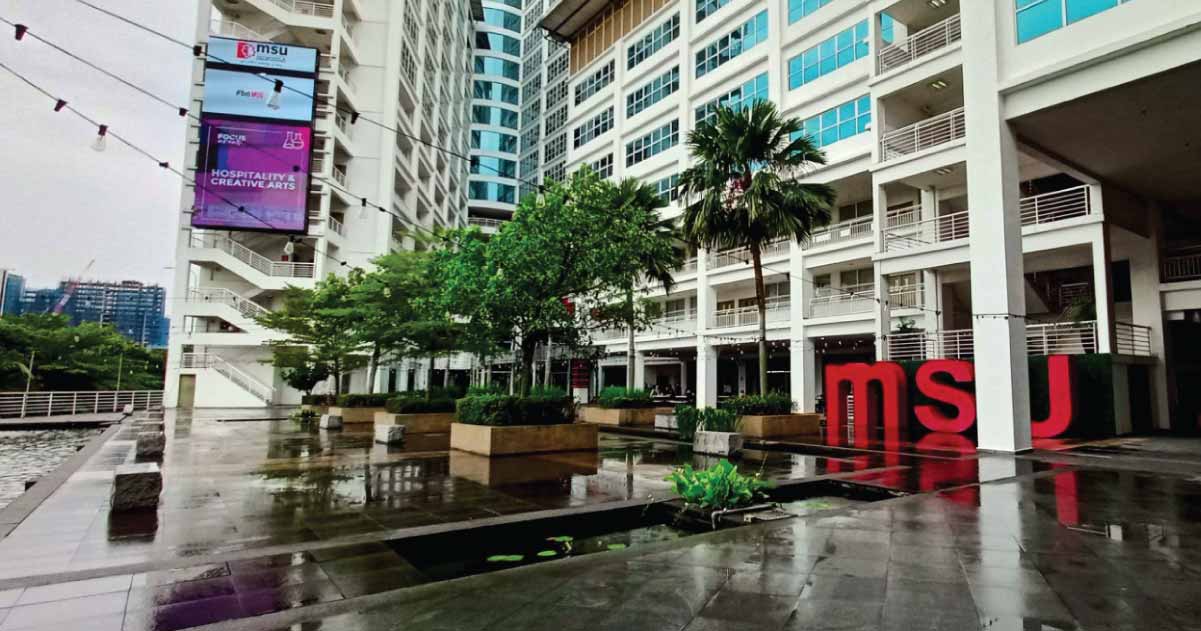

Understanding the Framework
According to the Malaysian Meteorological Department, most parts of Malaysia are heading towards a seasonal flooding nearing the end of the year. Emergency situations need a clear framework of structural mitigative measures to keep risk under control. The ultimate purpose of emergency risk management is to save lives. This blog will inform your safe manoeuvre around the campus during an emergency.
Building Emergency Plan
Be familiar with the internal routes around the buildings on campus. Identify and keep the contacts of the Building Coordinator(s) or Building Safety Committee. MSU’s Shah Alam campus has five distinctive buildings, namely: Management Tower (21 floors), Academic Block (8 floors), Science Tower (17 floors), Islamic & Cultural Centre (4 floors), and Chancellor Hall (4 floors).
Building Coordinators (BC)
Name: Alfian Bin Sonan
Phone: 03-55216531 / 012-2660625
Email: alfian@msu.edu.my
Name: Nazli Bin Mohd Ngadian
Phone: 03-55216521 / 012-3833167
Email: nazli@msu.edu.my
Name: Mohammed Azlan Bin Mohammed Adib
Phone: 03-55216531 / 019-2497368
Email: [email protected]
Emergency Assembly Area (EAA)
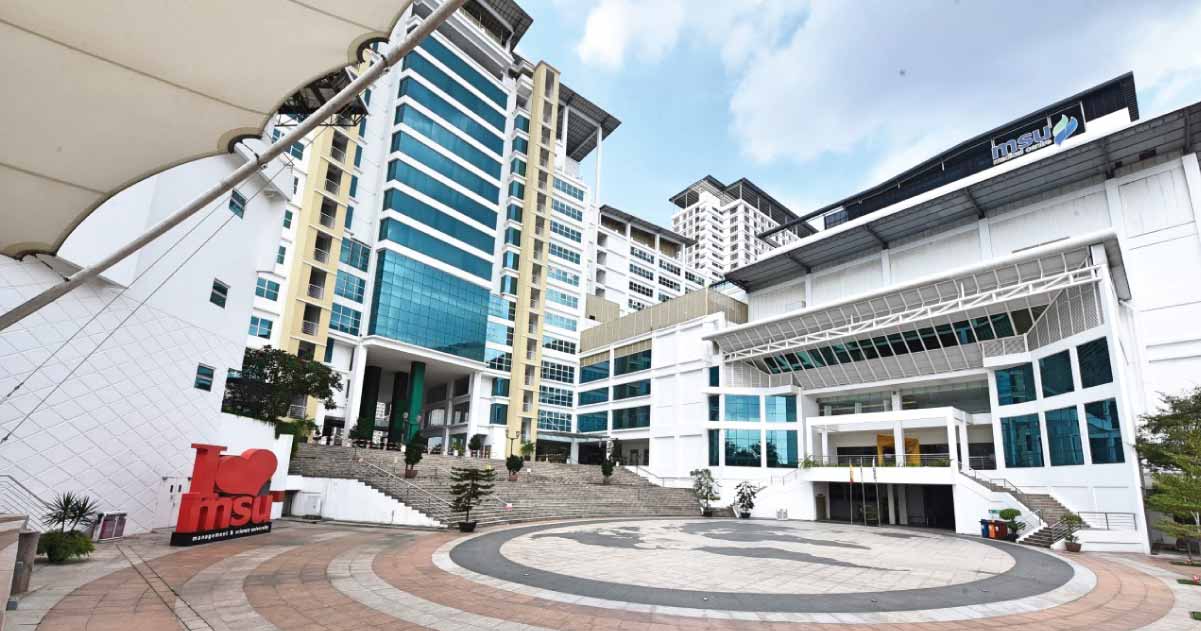
U-Plaza & ICC are the assembly points during an evacuation. All staff, students and visitors are requested to get to the assembly area as soon as the emergency alarm goes off on campus. Prioritise saving yourself over your belongings and others. Give assistance to those who need it only if the situation is safe for the both of you. Look after co-dependents such as the elderlies, children, and people with disabilities. Be gracious, kind and selfless in times of need. Save the name and number below for emergency.
Building Safety Committee
Zulkifly Abd Yajid
Phone: 012-2337676
Email: [email protected]
Things to bear in mind during an evacuation:
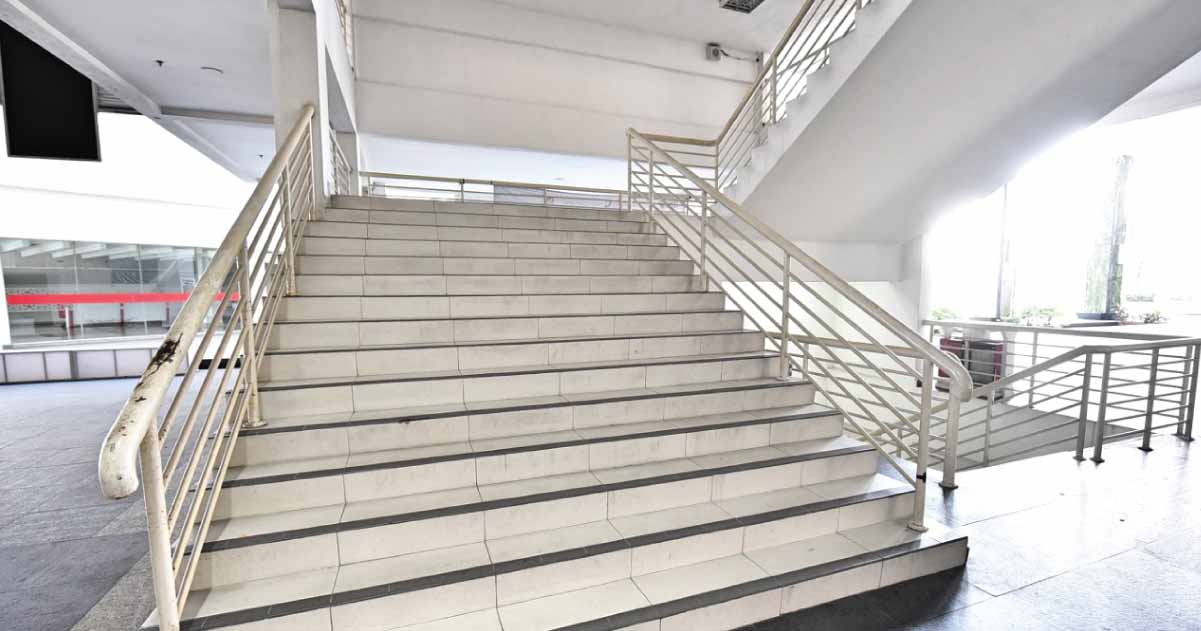
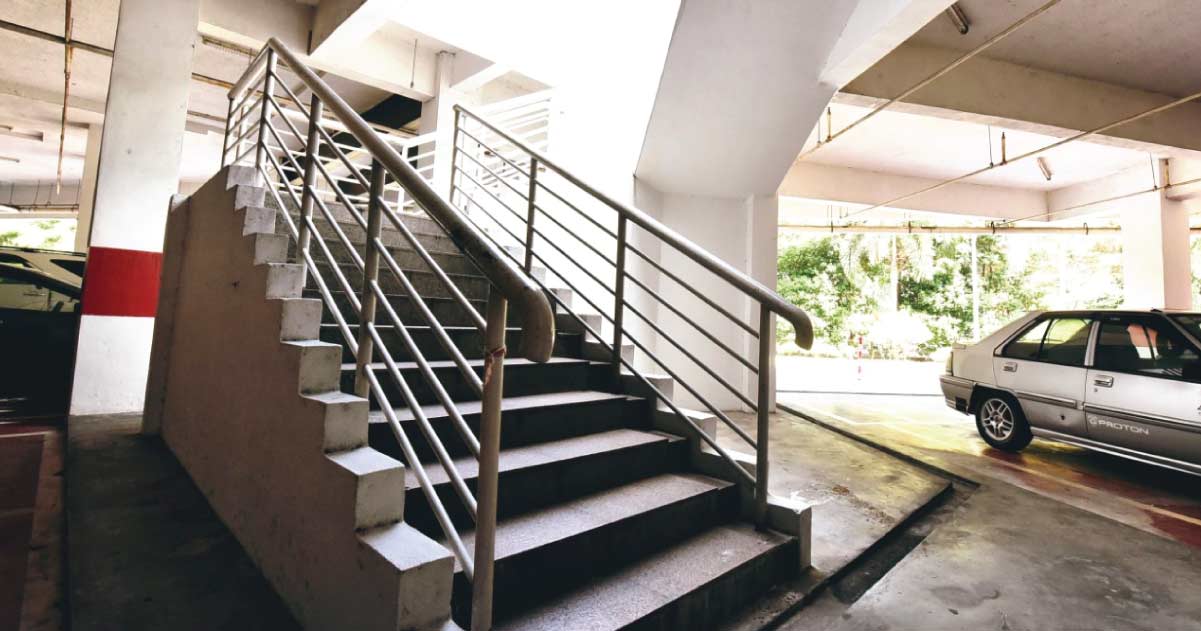
Building Alarm
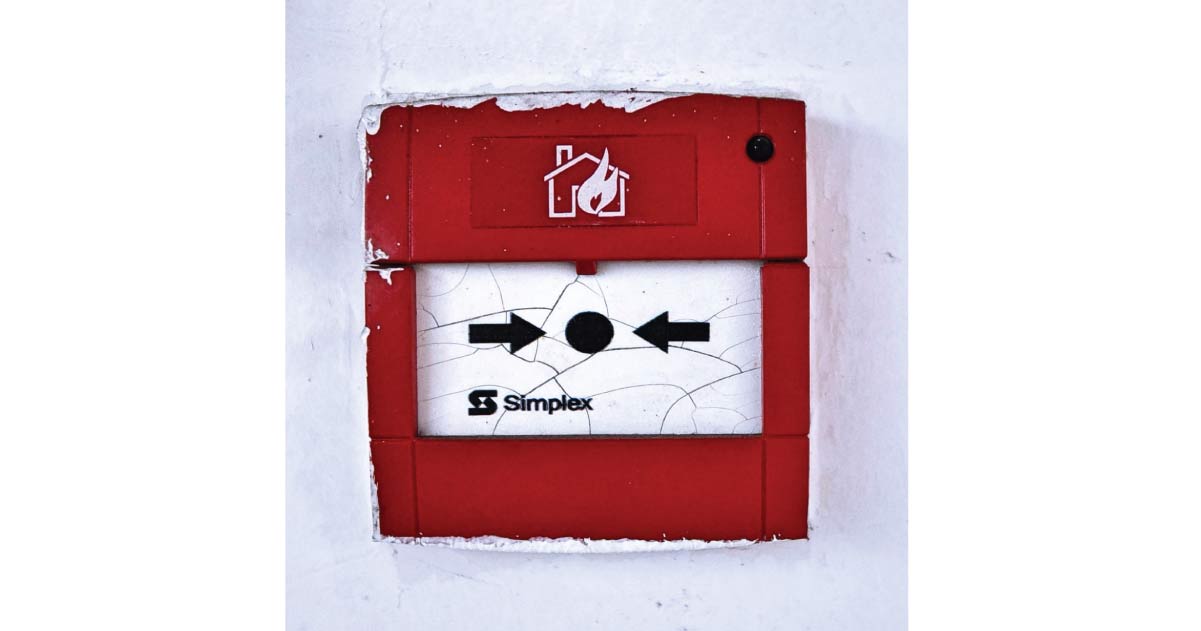
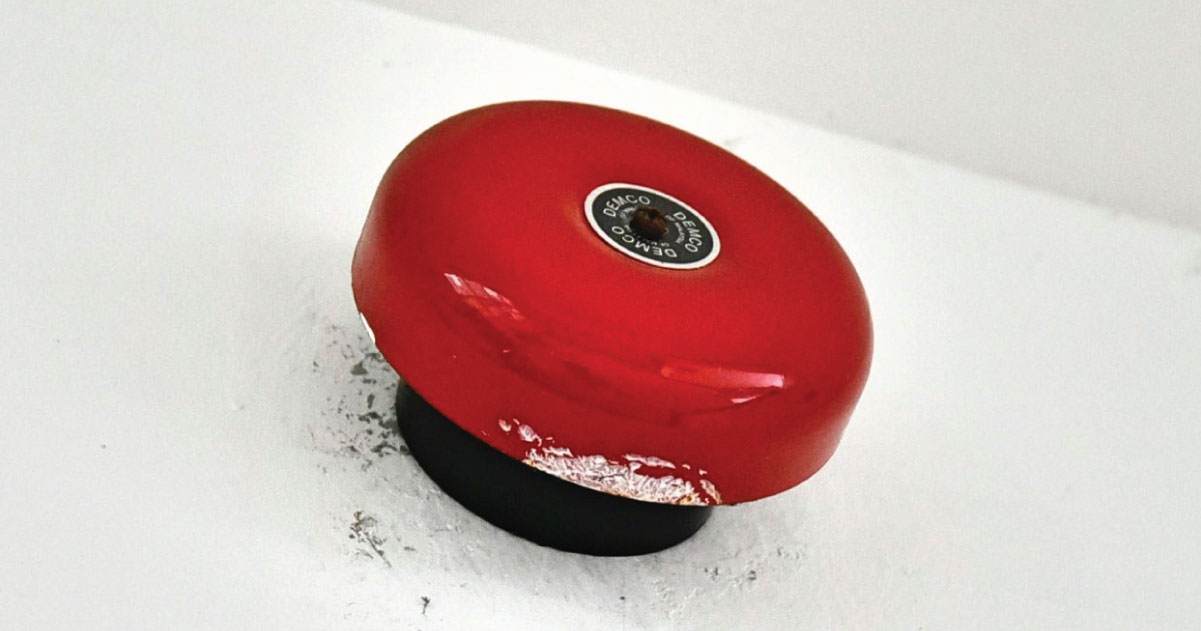
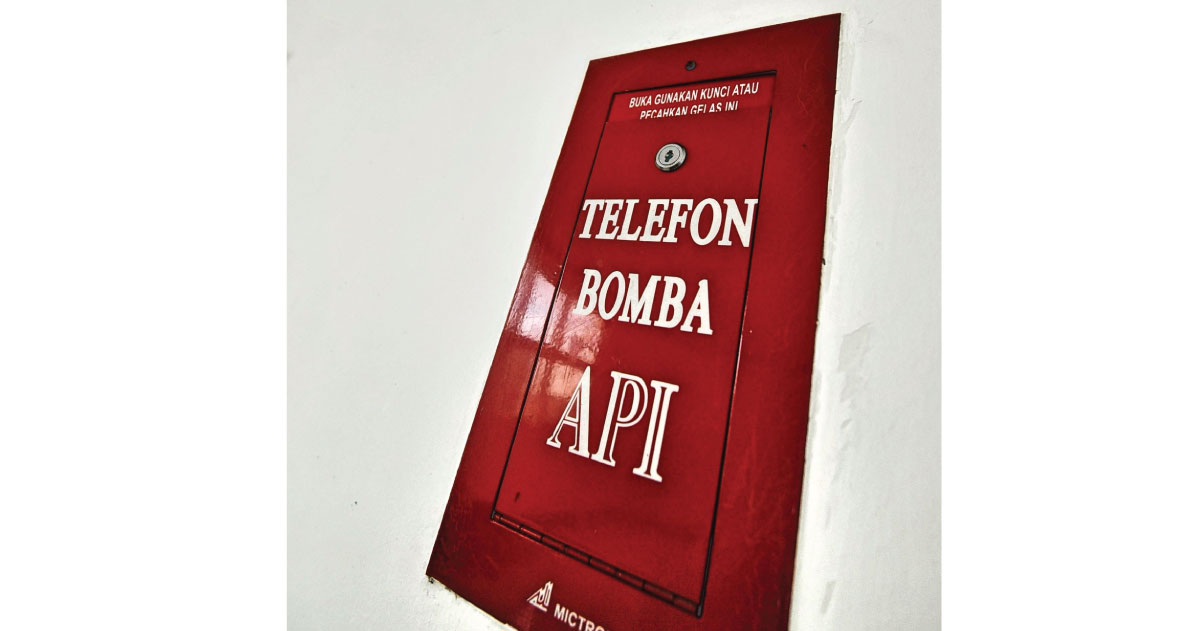

Each building has an alarm located on each floor. If you hear an alarm, please go to the nearest exit. Fire alarm pulls are located near each exit on each floor. In the event of an emergency, pull the nearest fire alarm lever. Exit the building and call the authorities from a safe location.
If you are on the elevator and the doors do not open, pick up the internal phone. This will automatically ring the Controller Room. If you are outside the elevator and someone is believed to be stuck on the elevator and you hear the elevator alarm goes off (sounds like a bell), call the Security & Maintenance Manager at 012-3833167, immediately.
Sirens are tested at noon on the first Monday of each month. If you hear the sirens at any other time:
SHELTER: Go inside your office, a nearby building, or your car and shelter inside to avoid exposure.
SHUT: Shut doors and windows. Building ventilation systems should be shut off if possible.
LISTEN: Go to one of the information sources listed above for campus emergency information.
Flooding/Water Leak
Now, onto the timeliest part of the crisis management in line with the current weather forecast.
In the event of a flash flood:
- Do not enter flooded area until the electricity supply has been disconnected as there is an extreme danger of electric shock
- Prevent unauthorized access to the flooded area(s)
- Ring university security (6521) or Maintenance Manager, En.Nazli Mohd Ngadian (012-383 3167)
Maintenance & Security Manager must do the following in the event of a flash flood:
1. Evacuate the affected area
2. Shut off electricity to the affected area
3. If practicable, isolate source of flooding/water leakage
University Security on being advised of flooding/water leakage:
1. Confirm exact location, extent and apparent source
2. Instruct informant to evacuate persons from the affected area
3. Obtain name and telephone number of informant
4. Notify security personnel
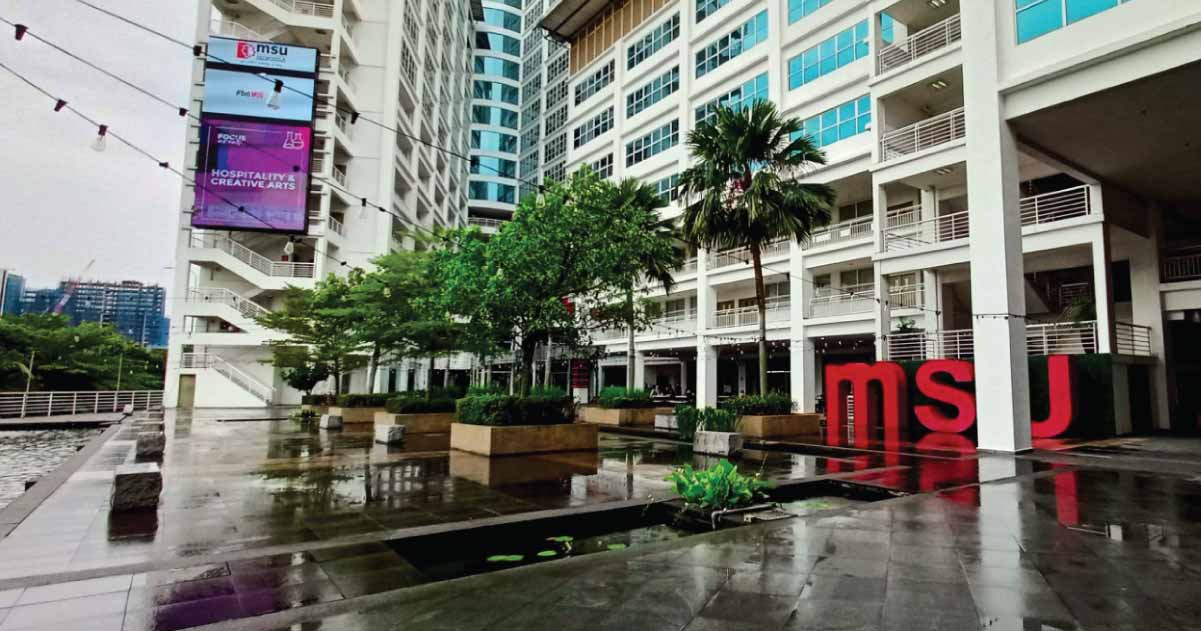
Flood Kits
Essential items that are most needed in the face of flood can be segregated into three phases according to the timeline of an incident:
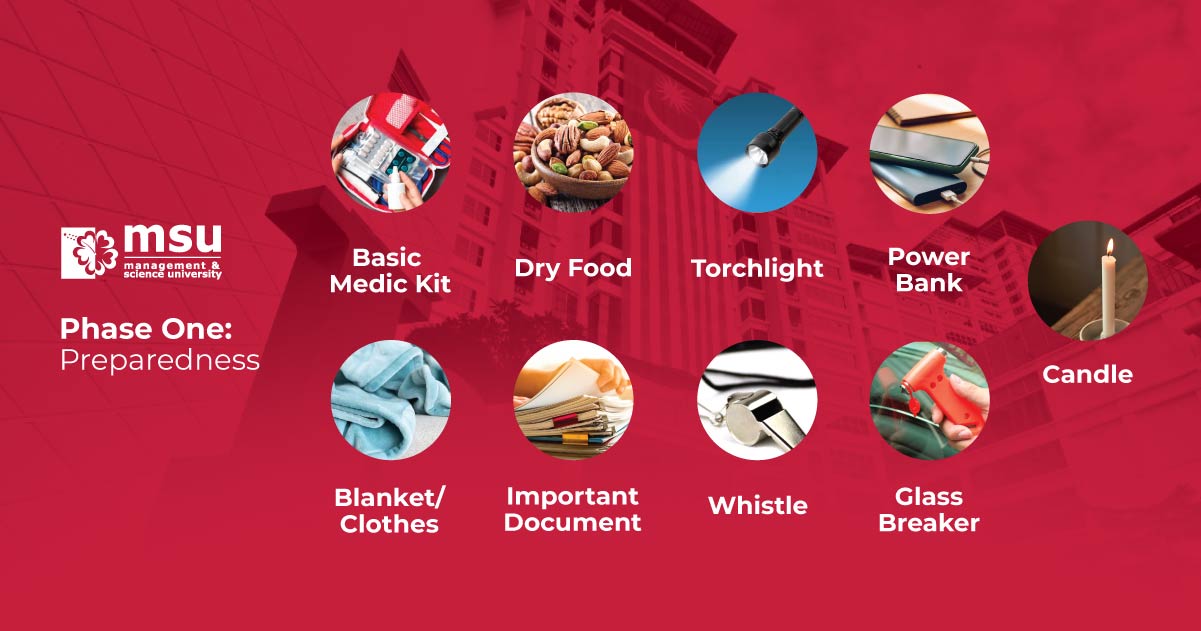
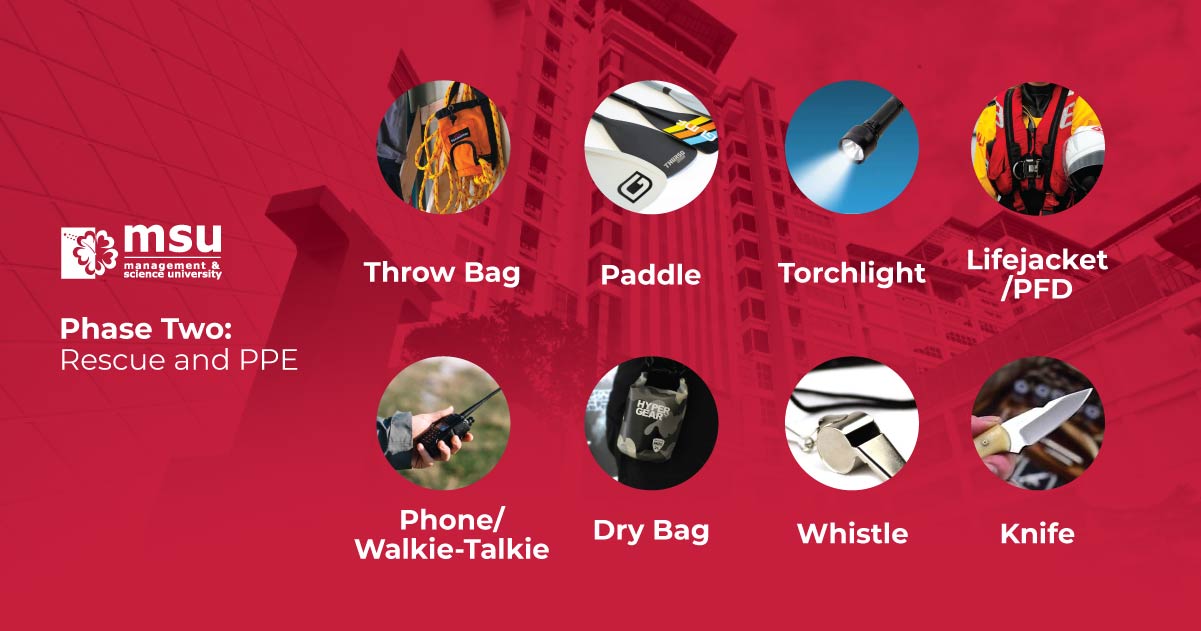

We Are in This Together
Let us be extra cautious during these unprecedented times of flash floods and other emergencies. Let us look after ourselves and our neighbours on campus by adhering strictly to the safety measures listed above.
Understanding the Framework
According to the Malaysian Meteorological Department, most parts of Malaysia are heading towards a seasonal flooding nearing the end of the year. Emergency situations need a clear framework of structural mitigative measures to keep risk under control. The ultimate purpose of emergency risk management is to save lives. This blog will inform your safe manoeuvre around the campus during an emergency.
Building Emergency Plan
Be familiar with the internal routes around the buildings on campus. Identify and keep the contacts of the Building Coordinator(s) or Building Safety Committee. MSU’s Shah Alam campus has five distinctive buildings, namely: Management Tower (21 floors), Academic Block (8 floors), Science Tower (17 floors), Islamic & Cultural Centre (4 floors), and Chancellor Hall (4 floors).
Building Coordinators (BC)
Name: Alfian Bin Sonan
Phone: 03-55216531 / 012-2660625
Email: alfian@msu.edu.my
Name: Nazli Bin Mohd Ngadian
Phone: 03-55216521 / 012-3833167
Email: nazli@msu.edu.my
Name: Mohammed Azlan Bin Mohammed Adib
Phone: 03-55216531 / 019-2497368
Email: [email protected]
Emergency Assembly Area (EAA)

U-Plaza & ICC are the assembly points during an evacuation. All staff, students and visitors are requested to get to the assembly area as soon as the emergency alarm goes off on campus. Prioritise saving yourself over your belongings and others. Give assistance to those who need it only if the situation is safe for the both of you. Look after co-dependents such as the elderlies, children, and people with disabilities. Be gracious, kind and selfless in times of need. Save the name and number below for emergency.
Building Safety Committee
Zulkifly Abd Yajid
Phone: 012-2337676
Email: [email protected]
Things to bear in mind during an evacuation:


Building Alarm




Each building has an alarm located on each floor. If you hear an alarm, please go to the nearest exit. Fire alarm pulls are located near each exit on each floor. In the event of an emergency, pull the nearest fire alarm lever. Exit the building and call the authorities from a safe location.
If you are on the elevator and the doors do not open, pick up the internal phone. This will automatically ring the Controller Room. If you are outside the elevator and someone is believed to be stuck on the elevator and you hear the elevator alarm goes off (sounds like a bell), call the Security & Maintenance Manager at 012-3833167, immediately.
Sirens are tested at noon on the first Monday of each month. If you hear the sirens at any other time:
SHELTER: Go inside your office, a nearby building, or your car and shelter inside to avoid exposure.
SHUT: Shut doors and windows. Building ventilation systems should be shut off if possible.
LISTEN: Go to one of the information sources listed above for campus emergency information.
Flooding/Water Leak
Now, onto the timeliest part of the crisis management in line with the current weather forecast.
In the event of a flash flood:
- Do not enter flooded area until the electricity supply has been disconnected as there is an extreme danger of electric shock
- Prevent unauthorized access to the flooded area(s)
- Ring university security (6521) or Maintenance Manager, En.Nazli Mohd Ngadian (012-383 3167)
Maintenance & Security Manager must do the following in the event of a flash flood:
1. Evacuate the affected area
2. Shut off electricity to the affected area
3. If practicable, isolate source of flooding/water leakage
University Security on being advised of flooding/water leakage:
1. Confirm exact location, extent and apparent source
2. Instruct informant to evacuate persons from the affected area
3. Obtain name and telephone number of informant
4. Notify security personnel

Flood Kits
Essential items that are most needed in the face of flood can be segregated into three phases according to the timeline of an incident:



We Are in This Together
Let us be extra cautious during these unprecedented times of flash floods and other emergencies. Let us look after ourselves and our neighbours on campus by adhering strictly to the safety measures listed above.